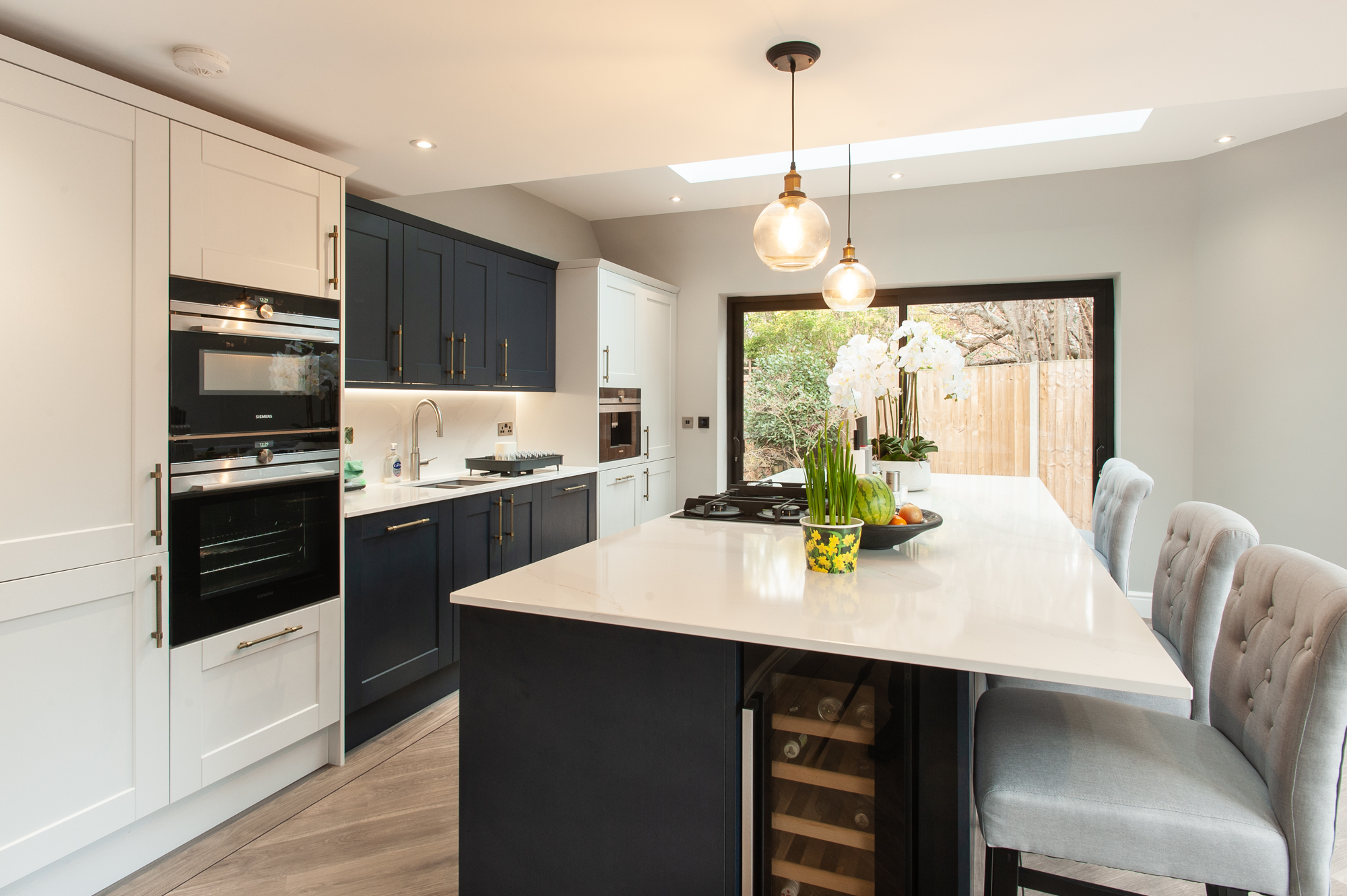Doing up your attic is no longer a mere construction job. It is an opportunity to design the cleverest living spaces that make the ultimate style statement. UK homeowners are increasingly turning to their attics to find that extra square footage capable of making all the difference. So what differentiates a stylish conversion from an ordinary one? Good loft conversion ideas! Make plans for innovative, bold, and chic designs that can not only look and feel elegant but add substantial financial value to your property. A well-thought-out loft space transformation can maximise available proportions to include more of what you want.
Here are our top design ideas for attic conversions
Mirrored wardrobes
These give the illusion of two rooms in one space. By customising the wardrobes from the sloping ceiling to the floor, you are utilising every inch of awkward space for one big functional storage unit. They also contribute to more light in the room and the feel of spaciousness. And what else? Its dual functionality saves the additional space you need for a separate mirror in the bedroom.
Mezzanine
Provided that you have the adequate head height for this feature, a mezzanine can add another level for a bed, a balcony with comfy seating, or even a place to read or work. It can be fun for both adults and children. With a simple and rustic design, you can make this something out of a fairytale.
Show your brickwork
There is no need to plaster over the bare walls if your bricks are in good shape. There is something fancy about this simplicity. A wooden floor and less-polished furniture give off cool attic vibes. For natural light maximising loft conversion design ideas, choose white furniture, lighter colour linen, drapes, carpets, and skylights. You can also paint a light colour over the bricks to make them sync with the rest of your loft outfit.
Centre Stage
Finding symmetry in the roof space can encourage a cleaner layout. If you are using the attic space as a loft bedroom, the bed can take centre stage. It allows you to decide which features or amenities to add on either side of the bed. The visual appeal of symmetry has a better impact when the room is small in size. A stud wall, a room divider, or a very tall headboard can divide the room into three spaces.
Dormer-style balcony
Velux’s Cabrio is a balcony system that enables natural sunlight to flood the room while integrating two types of roof windows in one. One method allows the windows to open like conventional skylights, and the other enables a whole balcony to unfold. By making use of this technology, you bring in fresh air and views for ultimate cosy relaxation. You can also include other balcony types in your loft conversion design ideas, although some may need planning permission.
Dress up the walls
Take the attention away from the low sloping ceiling on either side of walls with pictures. It creates a distraction and draws the eye to areas you want to highlight in the room. Framed pictures are ideal for this.
Home office luxuries
If you are using this extra space for a home office, you can include a kitchenette to avoid going downstairs every time you need a cup of coffee or a snack. You can use partition walls or make it open plan with a lounge zone for the visiting work-mates or children you want to keep an eye on.
Exposed Eaves
If the original rafters can remain, you can leave them exposed without putting up a ceiling. It saves inches of head height too.
Is my loft suitable for conversion?
For traditional roofs usually found in period homes, a 2.2m head height is essential to pass building regulation. A roof pitch angle of 30 degrees or more achieves this head height. If you are adding an en suite with a shower or just a shower room, you need comfortable head height. If you can’t achieve the necessary head height, consider baths. Make sure you have enough room for a staircase downstairs. You need a 1.9m head height at the centre of the staircase and 1.8m along the sides. A dormer loft conversion is compatible with most homes and space-maximising loft conversion ideas UK can convert even the niftiest space into a master bedroom or a lush bathroom.
Can any loft be converted?
Most lofts can be. If the required head height is not available, raising the roof or lowering the ceiling below can help. However, this means extra building work and sometimes, planning permission. There should also be options to safely relocate water tanks, chimney stacks, and services if they are in the way. The roof must not be in any danger of collapse by the work carried out in the loft. As long as your loft can fulfill the necessary building control and planning requirements, you can convert it. While pre-1965 traditional roofs are the perfect choice for loft conversions, modern trussed roofs, too, can be changed with some extra construction work.
Do you need planning permission to convert a loft?
A loft conversion is usually a permitted development, which means you do not need planning permission. However, limitations apply. These are:
- You are not living in a designated area
- Your property is not a listed building for its architectural or historical value
- The conversion is no larger than 40 cubic metres for terraced homes, and 50 cubic metres for semi-detached and detached homes
- The new addition is not higher than the highest part of the house
- The loft does not have any raised platforms, verandas, or balconies
- The side facing windows are obscure-glazed
Contact Good Design & Build today to find out if your loft is suitable for conversion and get the best experts in London to transform your loft space.




